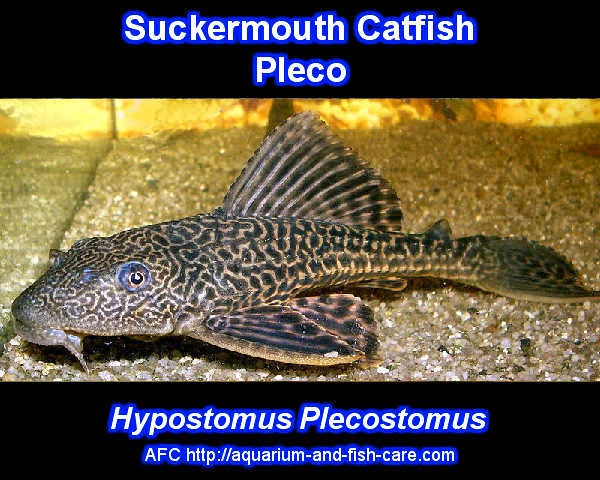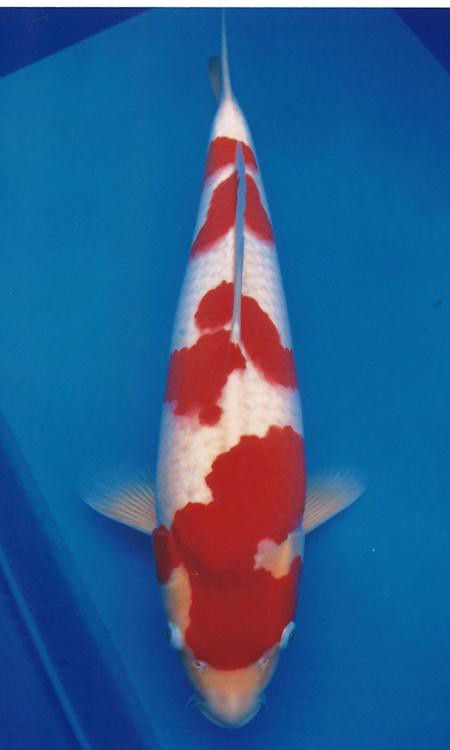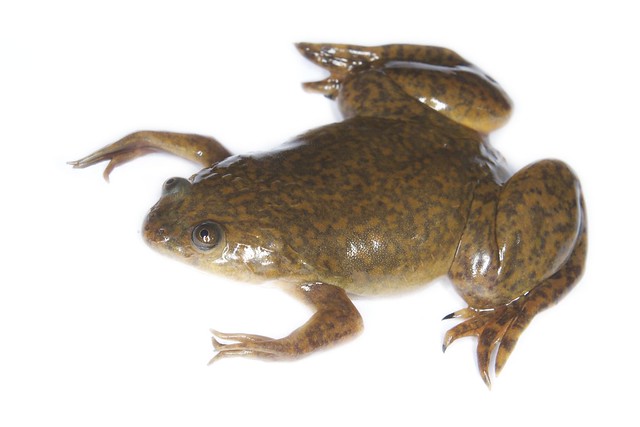 |
| Siamese fighting fish (Betta splendens), female, (Photo credit: Wikipedia) |
Phosphate is added to our water to prevent pipes from rusting and in very small amounts is beneficial to fish, but in large quantities is a silent killer. Phosphate is not like chlorine that will dissipate from the water within a given time frame. It is the opposite, building in concentration if the correct water is not used in water changes. A simple test kit will tell you what the phosphate reading is in your water daily. You will find that certain days the water will be unusable and others the reading is fine. It is on these days that you fill a drum with water to get ready to set.
PH is the next factor to take into consideration for your Siamese Fighting Fish. Siamese Fighting Fish like a PH range of 6.8 to 7. Once again a simple test will tell you what the PH of your tap water is. However, it is important to retest the same water after you have let it sit with an air stone or pump to turn it over for at least 24 hours. Depending on your location, the PH may rise, fall or stay the same. A PH that stays the same or falls is easier to set to the necessary requirements than one that rises. To adjust your PH up or down, you can purchase products from your Local Pet Shop, but steer clear from the powder forms of these products, as they can create phosphate problems.
The liquid products are the better alternative. If you are adjusting large amounts of water, 200L or more a week, these products are expensive. Alternatives are Bi-Carb Soda (baking soda) for PH up and Hydrochloric Acid for PH down. Hydrochloric Acid is a corrosive poison, so follow all the safety directions on the container and store in an appropriate location. Hydrochloric acid can be purchased from a pool shop. Add small amounts of PH up or down, and retest the PH around an hour later. Sometimes, it may seem that nothing is happening, then all of a sudden there are results. This is why it is better to do this in a separate container than in your Siamese Fighter's tank, where you can do harm.
Once you have the PH range, you need to set the water hardness. For Siamese Fighting Fish, the water hardness range is 450 TDS (totally dissolved solids) or a KH of 2-3 and a GH 4-5. This is important as it measures the mineral content in the water. Not enough minerals, means a sick or dead Siamese Fighting Fish. If your water is above this range, mixing with rainwater or RO water will help you to lower the reading. If your water is below this range, adding tropical salt, aquarium salt or rock salt will raise your water hardness. Be aware that some commercial aquarium salts will create phosphate, just like the powder form of PH up and down, so check that the one you are using is fine. Also check the PH level again, as this may raise with the adding of the salt.
Once you have all these areas in range for Siamese Fighting Fish, it is right to use. Because of the time is taken to set water, it is advisable to set enough water for several water changes. This allows you time to set more water before you need it. Store set water away from chemicals, such as insect sprays, hair sprays, deodorants and cleaning products, as these are all deadly for any fish. As time-consuming as this may sound, it is better for you Siamese Fighting Fish. If you cannot find the time to set the water correctly, check with your local pet shop as several wholesalers now sell bottled water especially for Siamese Fighting Fish.
|








